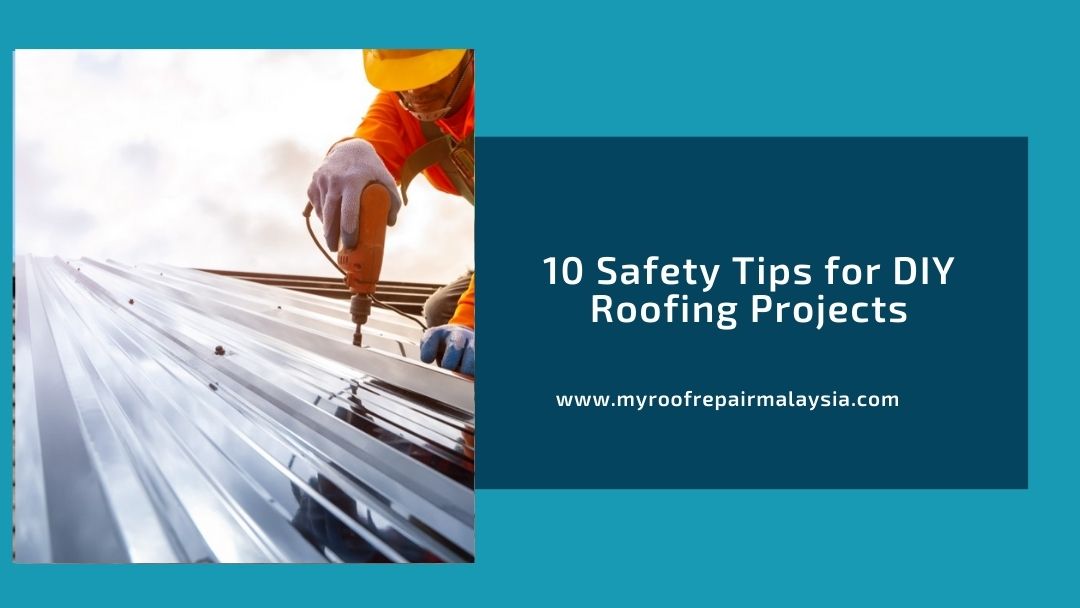Roofing is one of the most dangerous home improvement projects, and DIY roofing should be avoided at all costs. Researchers have estimated that each year there are around a thousand injuries related to roofing work on homes in Malaysia alone.
These injuries often come from falls or slips while working with ladders, scaffolding, or other tools that can fall onto a person below.
Roofers also have to deal with sharp objects like aluminum nails and slates as well as chemicals such as asphalt emulsion, which can cause irritation to the eyes and skin.
For this reason, it is best for homeowners to hire a reliable roofing contractor who knows how to handle these risks safely and without incident. However, if, by all means, you want to conduct your own DIY roof projects, then read on below.
This blog post
will discuss 10 safety tips for DIY roofing projects so you can get the job done right without injury or accidents.
Tip 1: Always wear a safety harness when working in high places
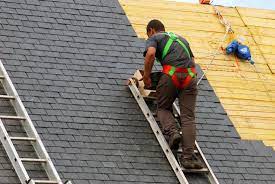
We can tend to be excited to finally fix our roofs after a long time of planning to do so. However, it’s vital that you remember to always wear a safety harness when you are working in high places. This is because falls from elevated heights can cause serious injury or death and should not be taken lightly.
The best way to make sure that your roofing project will go smoothly without the risk of accidents is by taking some time to plan ahead, to measure how many hard hats you need, as well as all other tools and materials needed for the job before starting work on any projects whatsoever.
Tip: Always use ladders instead of getting up onto roofs via scaffolding or similar devices. Ladders provide better stability than anything else, so they’re great if one wants to get up close with their rooftop repairs in order to do something like seal leaks or replace shingles.
Tip 2: Damaged shingles must be repaired before starting the project
Another important tip is that damaged shingles must be repaired before starting any project. This way, you can avoid having to deal with something like a leaky roof while also protecting the structure of your home and keeping it safe from harm.
By following this, you provide a good base for your repairs and keep them from being compromised by anything else.
Always use materials specifically designed for roofing shingles repair because these will have a higher chance of doing the job right and without any issues.
Tip 3: Use caution while installing flashing
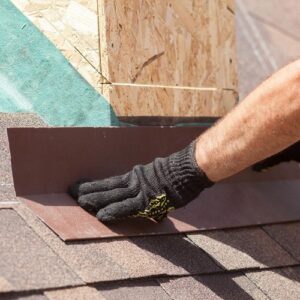
One safety tip to remember is that you should always use caution while installing flashing. This way, any leaks will be detected and fixed right away before the damage can cause major problems for your home.
Also, sealing flashing helps ensure water stays out of the house by stopping it from pooling on surfaces below instead of accumulating inside a roof cavity where it could potentially leak into walls or ceilings, thereby causing more structural damages than are necessary in many cases.
This also means taking care not to drive nails into them because this would only exacerbate the problem later down the line when they start getting corroded over time due to corrosion and weather exposure.
Tip 4: Wear goggles to protect your eyes from flying debris
One more important precaution on roofs is safety goggles. As mentioned earlier, there are many sharp objects around when working with rooftops, such as aluminum nails and slates, so one needs to take care of their eyes! Choose quality equipment that will protect both your body and eyesight by wearing well-made safety equipment every time you work on anything up high.
Tip 5: Bring a friend with you for extra help and safety
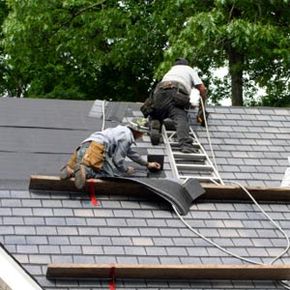
It’s good to have a friend with you when undertaking any form of DIY roofing project.
This is because they can help provide support and safety if anything goes wrong or as needed, not to mention the extra hands always come in handy for getting things done faster without slowing down your work pace!
Tip 6: Be aware of where water may accumulate, such as at vents, chimneys, and skylights
It’s common to forget about things like vents, chimneys, and skylights on roofs. It might be a good idea to set up some metal flashing or other barriers in areas of the roof where water may accumulate, so you don’t end up with leaks that lead into your home through places such as these!
This will ensure future roofing projects won’t be compromised by the same issues and will also keep your family safe from any possible dangers in the case of a leaky roof.
Tip 7: Know the dangers of working with chemicals such as asphalt emulsion
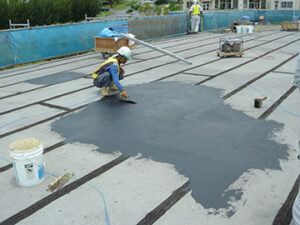
If you’re going to be working with asphalt emulsion and other roofing chemicals, it’s important that you know the dangers. For example, these can cause both irritation and burns on your skin if not handled correctly, so make sure not to get them on anything sensitive like your eyes or mouth, as well as avoiding inhaling too much of their vapors.
This is also a way for those who are pregnant or have asthma to avoid any possible chemical exposure that could lead to further complications later down the line.
Tip 8: Never work on your roof alone, especially when using power tools like drills and saws
It’s never a good idea to work on your roof alone, especially when using power tools like drills and saws. This is because there are so many dangers that come with this type of project, such as falls or being exposed to toxic chemicals. So it’s always best if you have someone else around who knows what they’re doing for help in case anything does go wrong!
Tip 9: Wear gloves to protect against cuts from sharp objects like nails or slates
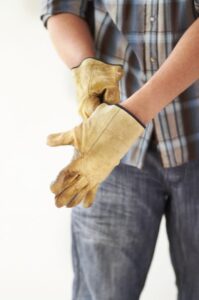
There are many sharp objects on rooftops, such as nails and slates, so it’s important to take care of your hands! It may seem like common sense, but wearing gloves at all times will protect you from cuts that could be dangerous if they became infected in the future. So make sure to have them with you every time you work on a roofing project for extra protection against any possible dangers.
Tip 10: Never underestimate how dangerous it is for an amateur to do roof projects
There are many instances of amateur DIY roofing projects going horribly wrong. This is because it’s easy to underestimate the dangers and think that you know what you’re doing without being properly trained or prepared for things like falls, exposure to toxic chemicals, and other issues with roofs. So in case anything does go wrong during your rooftop project, be sure not to hesitate!
In a Nutshell
As you can see, there are many reasons why it is important to know 10 safety tips for DIY roofing projects. Roofs represent a major investment in the home and need proper upkeep.
You may not be able to do some of the work yourself or afford to pay professionals all the time. It’s worth investing in your knowledge and safety when doing any kind of project on your own property! We hope you’ve found this post useful and informative. Do share with others who might benefit from these great tips as well!

